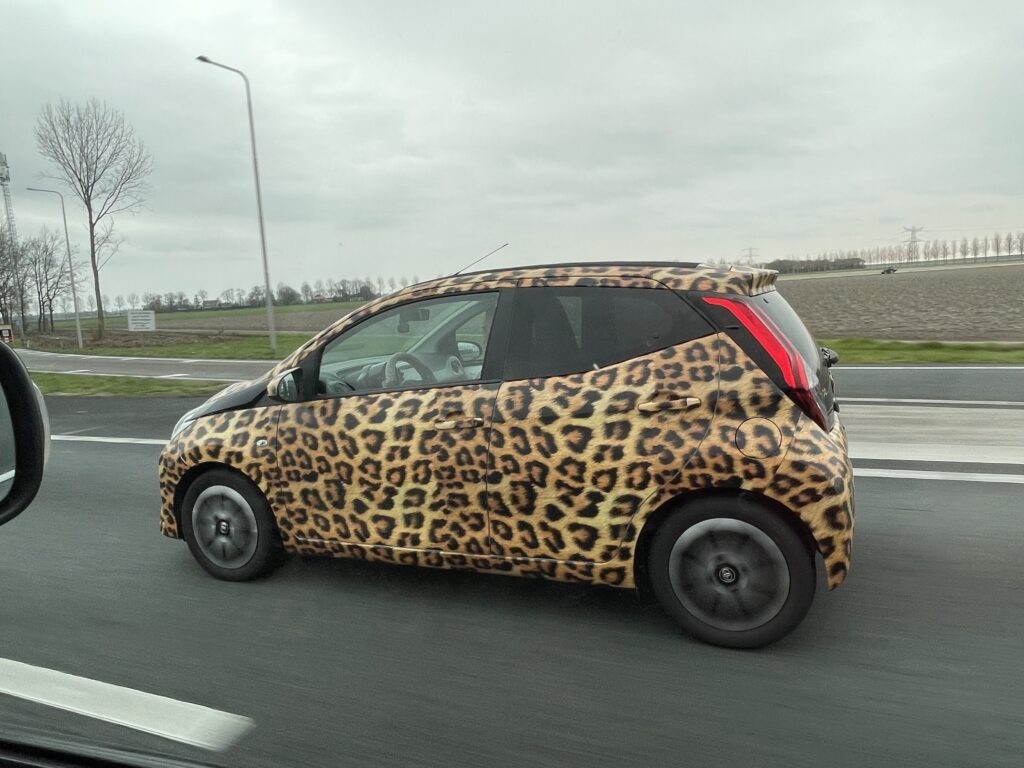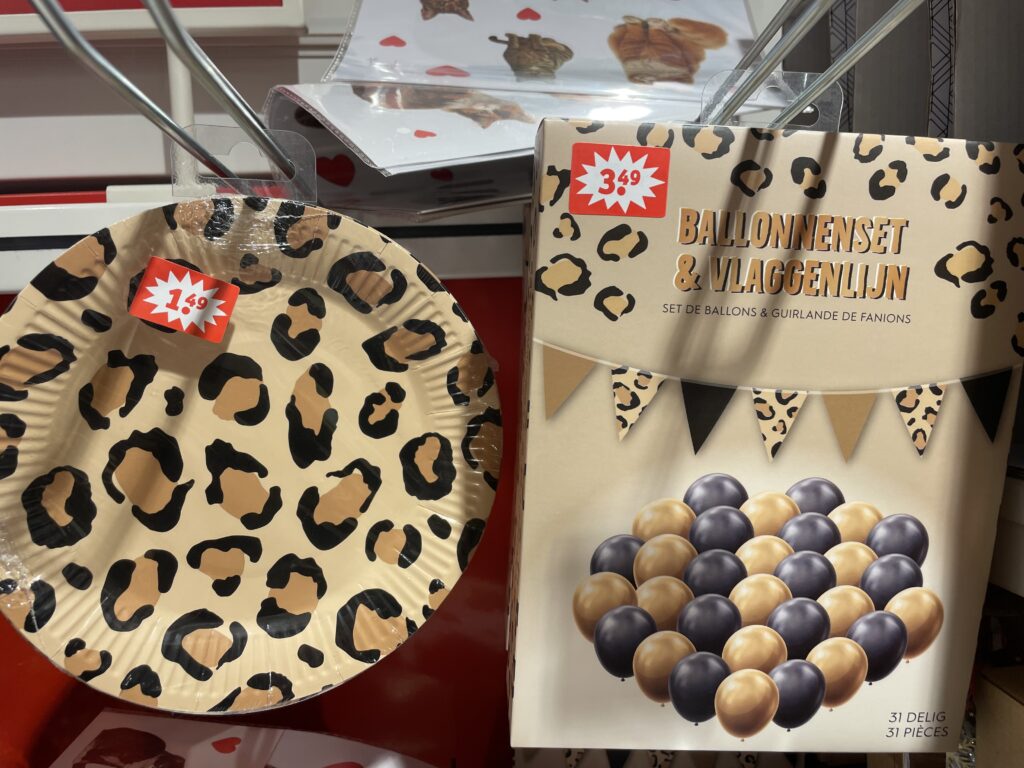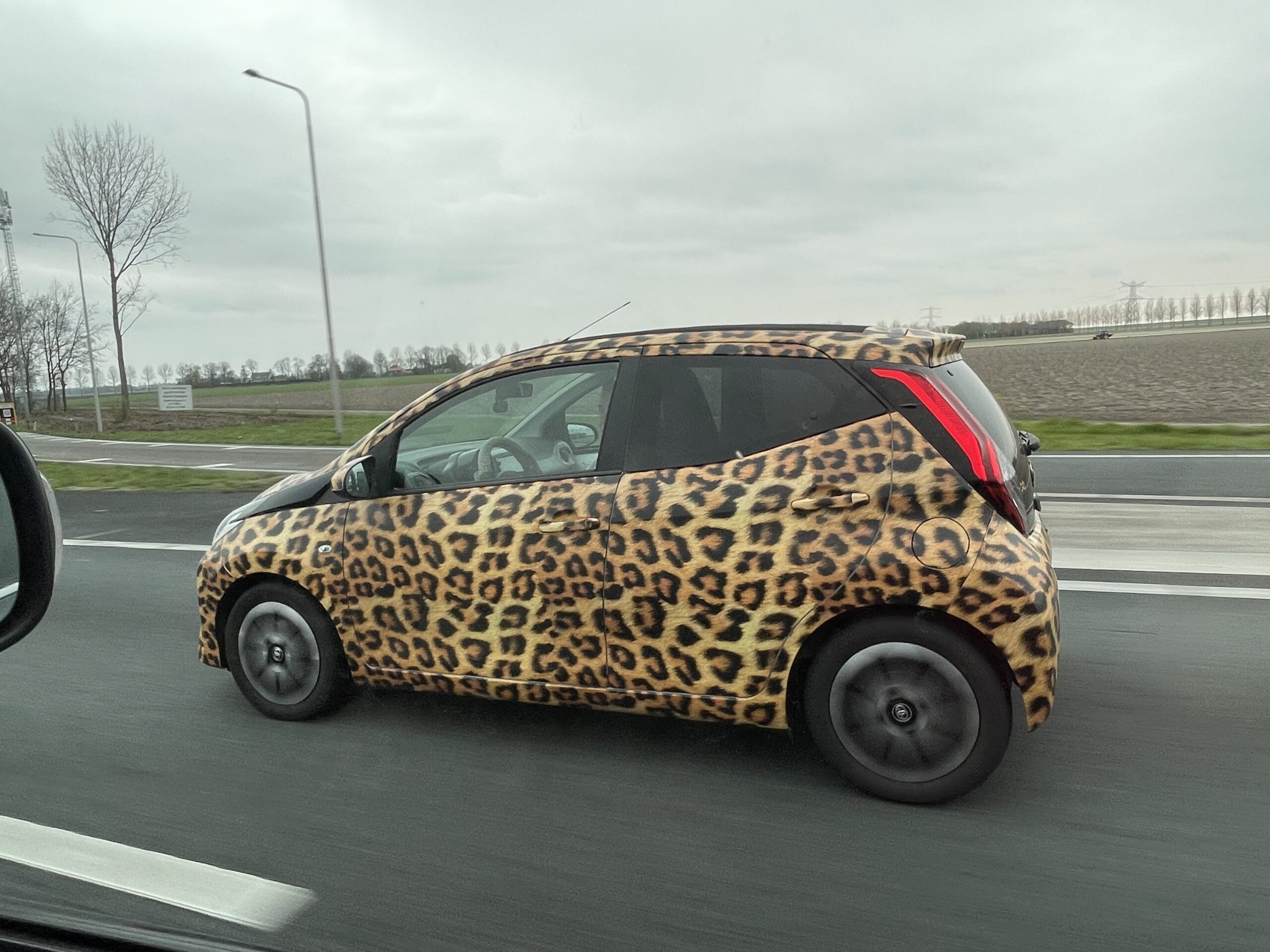At first glance, the Dutch culture feels pretty “normal” or, to be more accurate, seems quite similar to the American culture I come from. Compared to many cultures, I’d say that’s an accurate assessment. However, the longer we live here, the more aware I become of the subtle differences between our two cultures. I moved to The Hague after having lived in Germany for three years, and foolishly I assumed the Dutch and the Germans would be very similar, but that’s not true either.
“…they speak their mind without any filters.”
Needless to say, and rightfully so, the Dutch are their own people with their own set of cultural quirks (just like everyone else). For instance, the strongest and most often discussed trait is their very direct or blunt communication. There is no mistake in knowing where they stand because they speak their mind without any filters. I, for one, saw this as an asset upon my arrival because I personally don’t like guessing what’s being said “between the lines”. And there’s absolutely none of that happening here. In fact, no space between their lines actually exists, and they will firmly share their unsolicited opinions in a variety of settings without batting an eye.
Another well-known fact about the Dutchies is that they’re frugal…like super cheap. Penny-pinchers as my uncle would say. Again, I don’t see this as a bad quality. I feel like this trait helps me identify more with the Dutch since I only purchase used cars and love going thrifting. Perhaps the negative effects come into play, however, when my daughter comes home after six hours of serving at our local pizzeria only having made a mere €6 in tips. Thankfully we live in an area that’s frequently visited by the Brits and other Americans, so she doesn’t always come home with empty pockets after a long shift.
According to Dictionary.com, the term “Dutch Uncle”, which is sometimes offensive, refers to a person who “criticizes or reproves with unsparing severity and frankness”
But there are some things that I wasn’t prepared for or didn’t quite understand until they were pointed out and explained to me by other “outsiders”. It wasn’t until my third year of teaching that I was introduced to the term “Dutch Uncle.” My colleague, Jim, and I were discussing a friendly but arrogant student that we both had the privilege of teaching when Jim declared, “He’s turning into a real Dutch Uncle.” Jim must’ve seen the look of confusion on my face because he proceeded to explain that the term: “’Dutch Uncle’ is a name given to Dutch men who think they know everything!” Yes, it may be derogatory, and yes, my kids might “cancel” me for saying so, but stereotypes don’t become stereotypes for no reason. And, to that I say that the British meaning implied in the term “Dutch Uncle” is a shoe that fits!
The final and most perplexing of all is the Dutchie’s love for cheetah print. At this point you may be wondering, “Wait a second. How old is this post?” But, I assure you, it is 2024, and yes, you read that correctly…cheetah print. Where does this phenomenon find its roots? I certainly have no idea, but their infatuation with cheetah print is alive and well. In the winter one can find cheetah print gloves, scarves, hats, and sweaters. In the summer we can spot cheetah print swimsuits along the shores of the North Sea and cheetah print sunglass frames to match cheetah print high heels in the city. Before school starts, students can choose from a colorful array of cheetah print stationery supplies if the natural-colored cheetah print doesn’t tickle their fancy. If you’re hoping to have a cheetah themed party, you’re in luck because just last night I came across cheetah party supplies at our local corner store. This included cheetah print paper plates and bunting as well as coordinating gold and black balloons. And don’t worry, our four-legged friends aren’t left out of the cheetah fun either; just last week I saw cheetah print poop bags for our furry friends! In the Netherlands the cheetah print does not discriminate against age. It’s for the young and old alike. I also saw a young man wearing faded cheetah print denim walking into school last month. So, apparently, it’s gender neutral too. Perhaps the most extreme statement of this inexplicable obsession was witnessed last year while driving to Giethoorn when I saw a car that had been wrapped in cheetah print – yes, the entire car.

Recently my husband asked his Dutch colleague about the country’s obsession with cheetah print, and she just looked at him quizzically unable to offer any answers. Like a good diplomat, he didn’t probe, but I’m not satisfied. I’m not bothered by this baffling obsession for cheetah print everything but rather…perplexed – very, very perplexed. So, if you know a Dutchie or are a Dutchie, perhaps you can shed a little light on this topic. Feel free to tackle any of the following questions and wrestle with them like a cheetah does a gazelle. I’m dying to know. How did the cheetah trend begin? Is one person responsible for the print’s popularity or is it the result of a mass movement? Did the cheetah print infiltrate the country in one region and spread from there? If so, what region should we attribute this phenomenon to? How is it that the entire nation gets behind this print trend or fashion statement? And why the cheetah? Why not a zebra, or a giraffe, or a tiger print? And finally, when did the obsession begin? And when, oh when, will it end?

